
By Anna Dee Fails and Christianne Magee
Anatomy and Physiology of Farm Animals 9th Edition delivers a comprehensive guide for animal science, veterinary technician, and pre-veterinary students and instructors seeking a well-organized and easy-to-understand resource. The new edition offers modified and refined learning objectives at the beginning of each chapter, as well as a brand-new chapter on llamas/alpacas that highlights the significant species differences and explains the roles of these species in the wool and packing industries.
Additional illustrations enhance comprehension and improve the anatomy sections of the book. New “Study Prompts,” integrative application questions, are included in each chapter in differently colored text and stimulate understanding of the material. Finally, a reorganized companion website is included with the book. Anatomy and Physiology of Farm Animals integrates fully with the print text and provides supplemental content, including word roots, clinical cases, study and practice questions, and additional images, diagrams, and videos.
Features
- An excellent anatomy and physiology resource for high school and undergraduate students in animal science, veterinary medicine, and zoology programs
- Comprehensive explorations of the anatomy and physiology of the cell
- Practical discussions of embryology, the skeletal system, and microscopic anatomy
- Complete discussion of the physiology of muscle and the anatomy and physiology of the nervous system
Table of Contents
Preface
-
Introduction to Anatomy and Physiology
-
Anatomy and Physiology of the Cell
-
Embryology
-
The Skeletal System
-
Joints
-
Microscopic Anatomy and Growth of Bone
-
Anatomy of the Muscular System
-
The Ungulate Foot and Equine Passive Stay Apparatus
-
Microscopic Anatomy and Physiology of Muscle
-
Anatomy of the Nervous System
-
Physiology of the Nervous System
-
Sense Organs
-
Endocrinology
-
The Integument
-
Blood and Other Body Fluids
-
Body Defenses and the Immune System
-
Anatomy of the Cardiovascular System
-
Physiology of the Heart and Circulation
-
The Respiratory System
-
Anatomy of the Digestive System
-
Physiology of Digestion
-
Nutrition and Metabolism
-
The Urinary System
-
Anatomy of the Male Reproductive System
-
Physiology of Male Reproduction
-
Anatomy of the Female Reproductive System
-
The Ovary and Estrous Cycles
-
Pregnancy and Parturition
-
Anatomy and Physiology of the Mammary Gland
-
Poultry
-
Llamas and Alpacas
Appendix: Abbreviations
Bibliography
Index
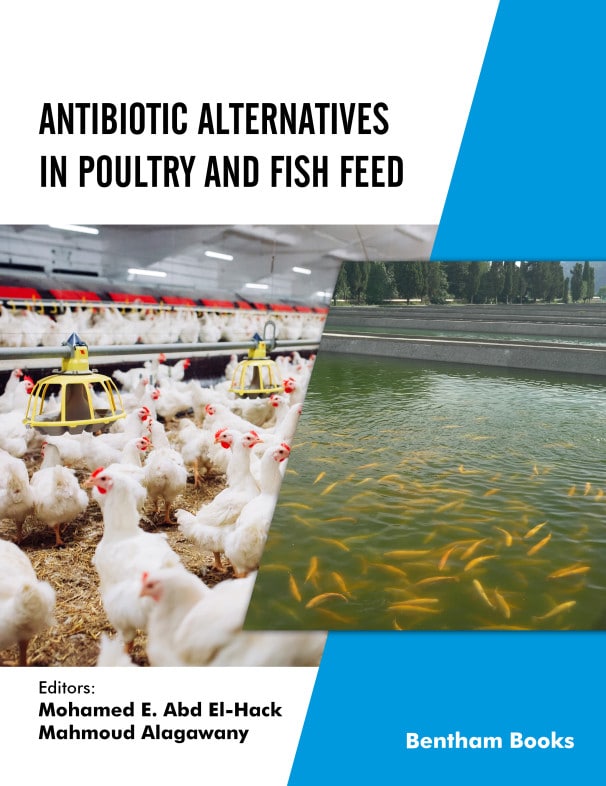


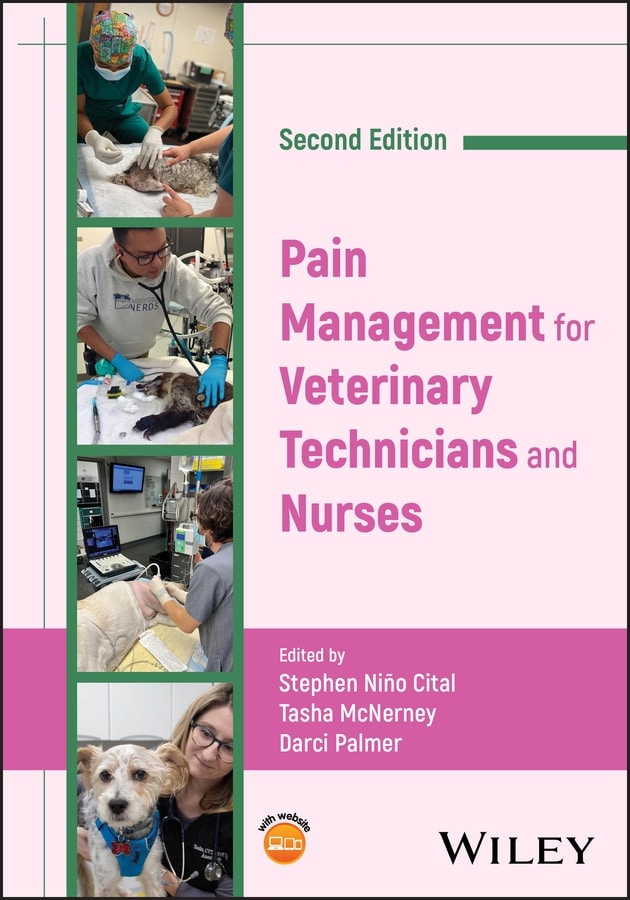
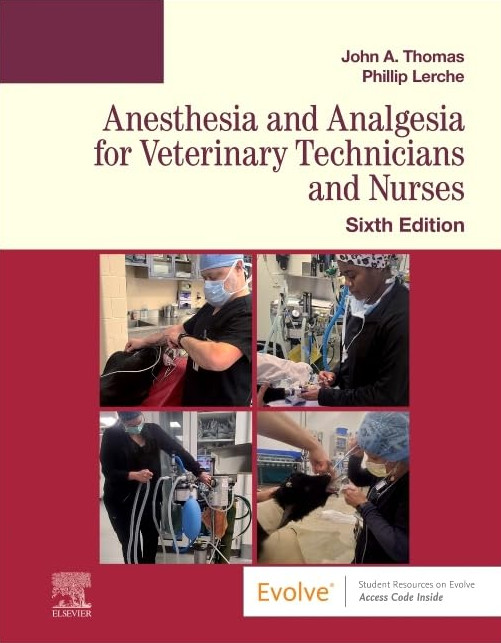


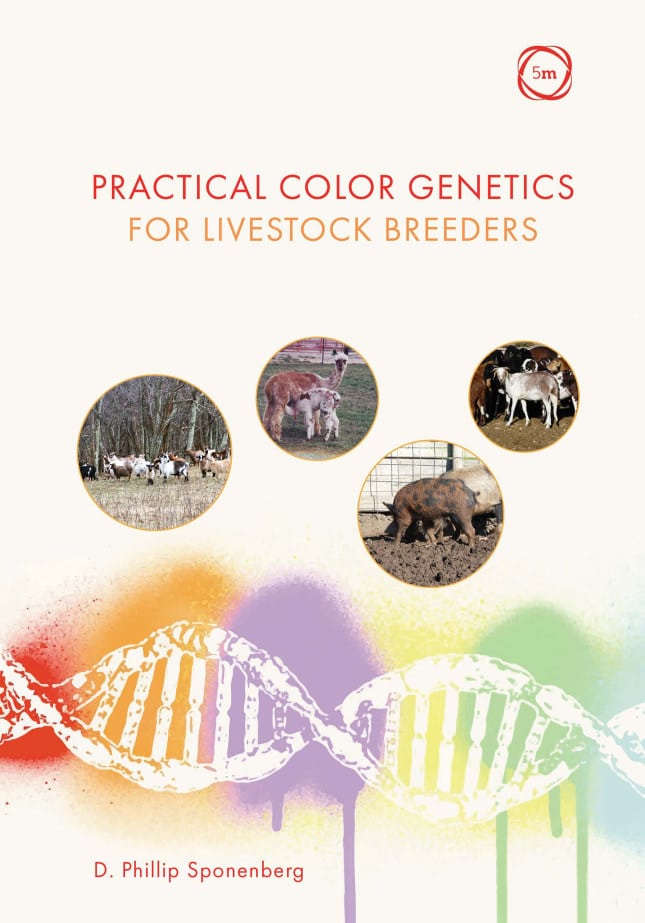

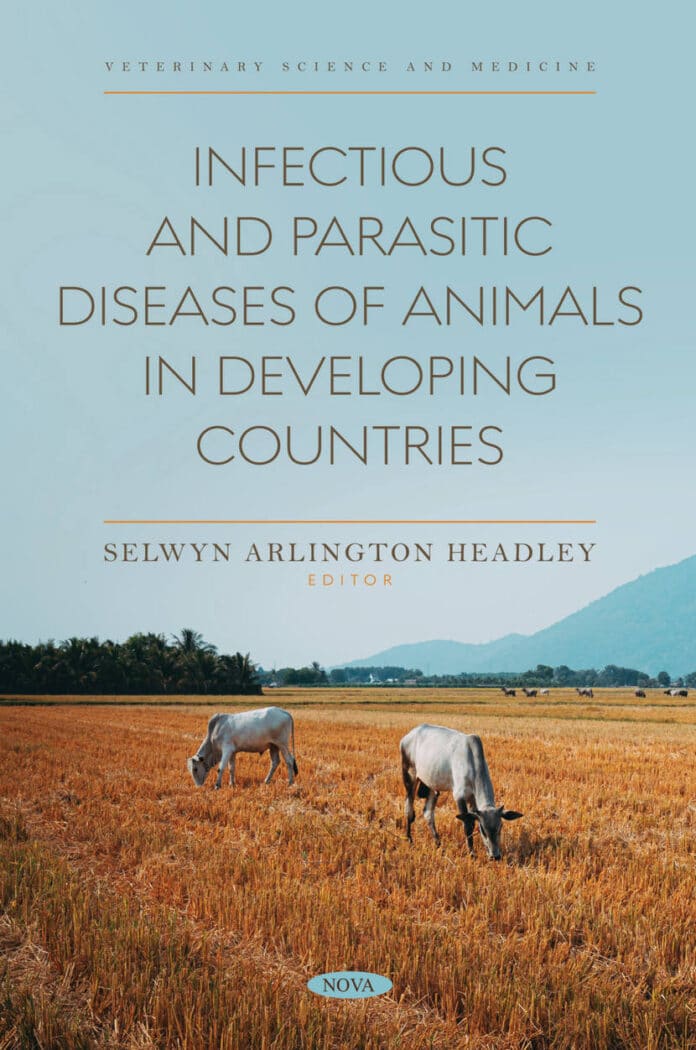
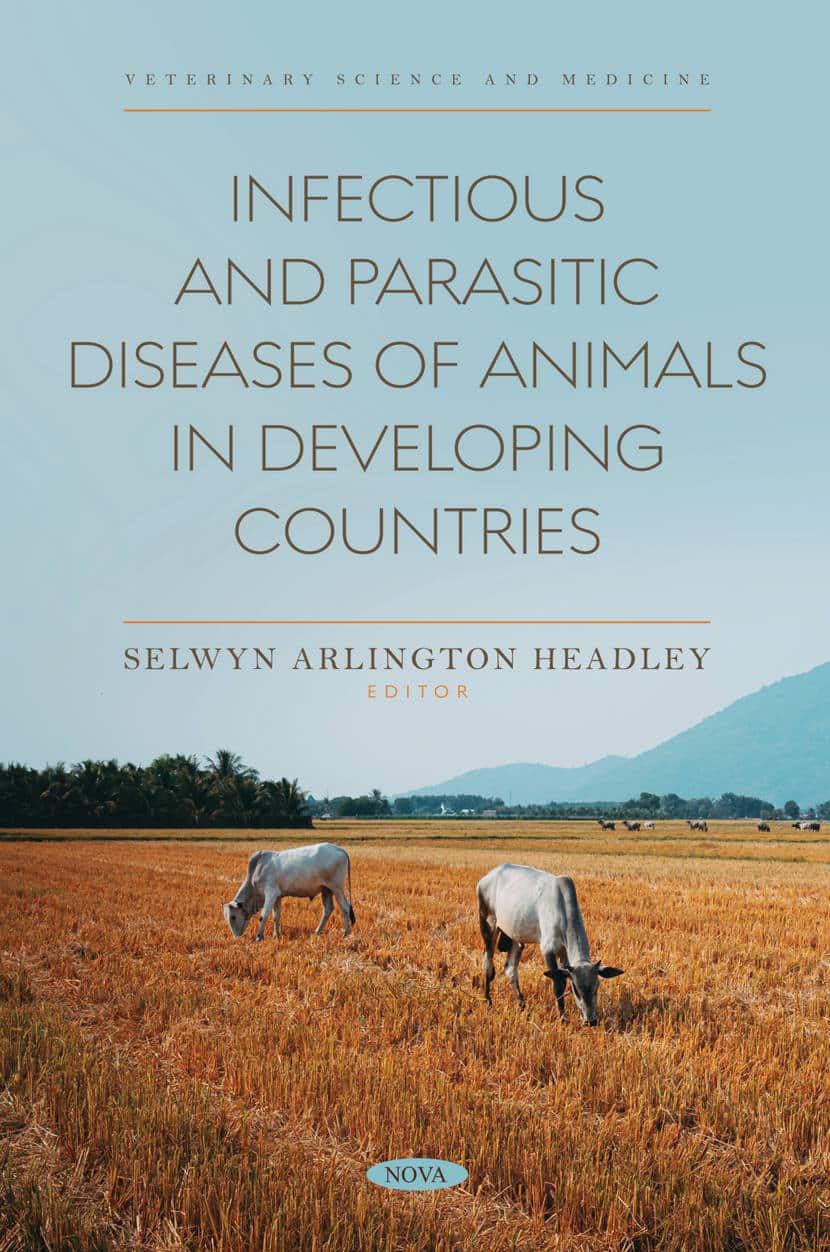
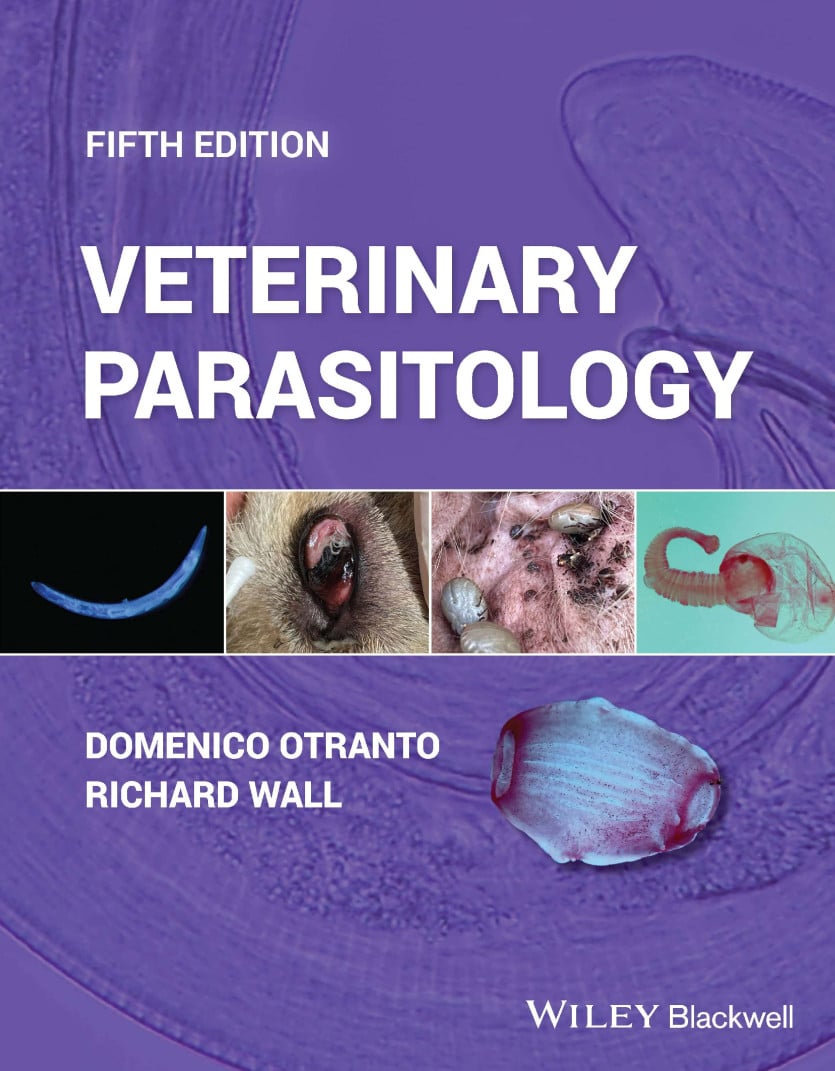
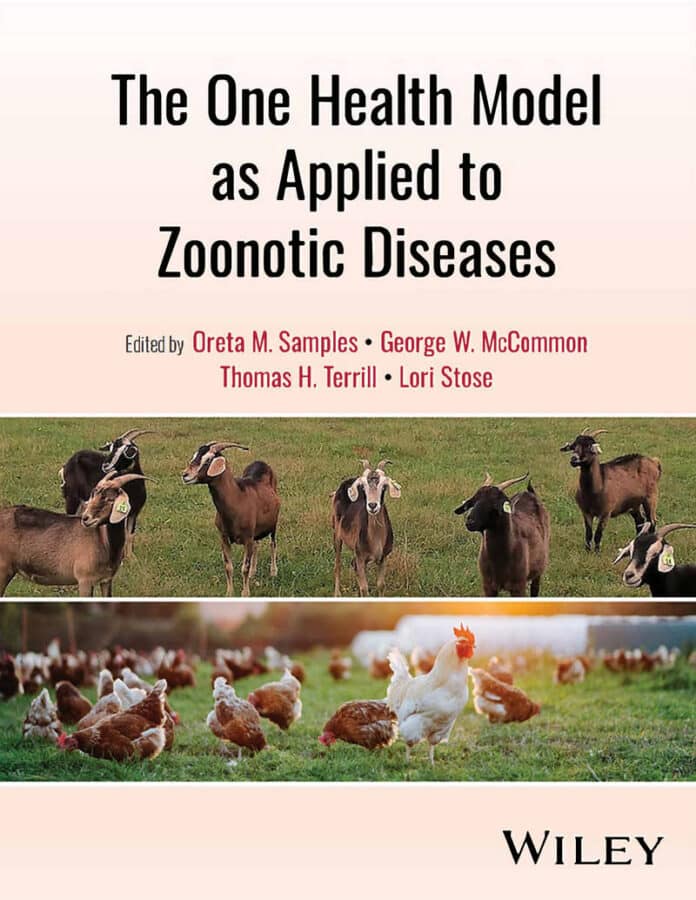
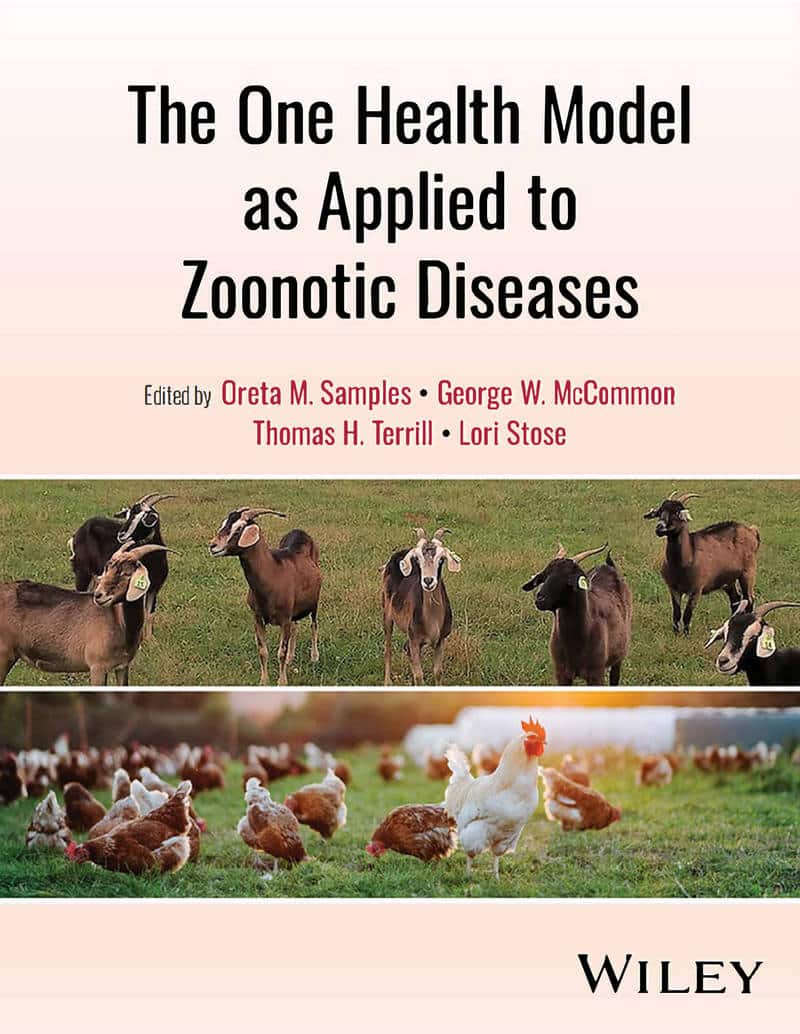
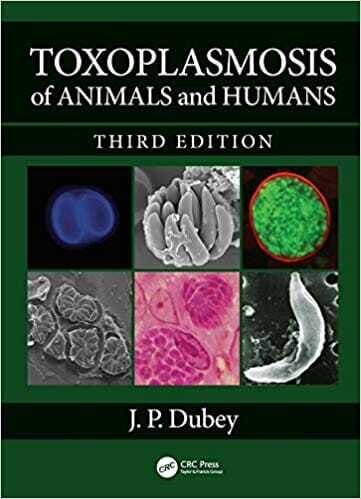













![Ettinger’s Textbook of Veterinary Internal Medicine 9th Edition [PDF+Videos] Ettinger’s Textbook of Veterinary Internal Medicine 9th Edition [True PDF+Videos]](https://www.vet-ebooks.com/wp-content/uploads/2024/10/ettingers-textbook-of-veterinary-internal-medicine-9th-edition-100x70.jpg)

![Textbook of Veterinary Diagnostic Radiology 8th Edition [PDF+Videos+Quizzes] Thrall’s Textbook of Veterinary Diagnostic Radiology, 8th edition PDF](https://www.vet-ebooks.com/wp-content/uploads/2019/09/textbook-of-veterinary-diagnostic-radiology-8th-edition-100x70.jpg)






